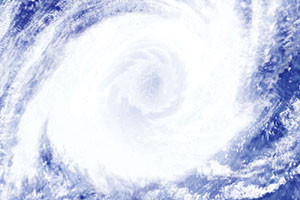 It’s currently hurricane season, so we wanted to discuss how the Everglades hold up in hurricanes. In short, the Everglades is resilient.
It’s currently hurricane season, so we wanted to discuss how the Everglades hold up in hurricanes. In short, the Everglades is resilient.
Florida, including the Everglades, has experienced its share of devastating hurricanes, including Hurricane Irma, which passed through in September 2017. Although the Everglades is comprised of water in many forms, it can be negatively impacted by the heavy winds and excessive rain. But, how do hurricanes truly affect a place like the Everglades?
First off, wildlife is heavily affected. Whether it’s birds or fish, they all feel the effects of a major storm. During a major hurricane, the rough seas can wash ashore many fish and mammals, including dolphins and manatees. Bird can also be blown extremely far away from their homes and flight paths. Strong winds and storm surges can cause trees to collapse, land to wash away, and habitats to disappear. Even food sources (berries, fruits, nuts) get washed away and ripped off plants.
In the Everglades, there are fresh and saltwater sources, but a hurricane and throw off their balance and mix the two. Many fish, and other marine life, depend on the ideal salinity in the water to survive. When this balance is thrown off, many creatures can die or are forced to thrive in a very different environment. In these storms, the saltwater pushes up into the freshwater inland rivers and lakes of the Everglades, while heavy rains overflow all water sources, so fresh water enters the ocean. The excessive rain and run-off can also pollute the ocean and the streams and other water sources in the Everglades.
The strong forces of the winds of a hurricane can also harm and kill wildlife. For example, 180 million fish were killed in the Everglades during Hurricane Andrew in 1992.
When Hurricane Wilma came through in 2015, it toppled thousands of threes, and wiped out campsites in the Park. Florida Bay was flooded, employee houses were wrecked, and algae was left on roads. Even the surviving trees became bare. However, on the plus side (if there is one), storms can wipe out harmful exotic species and plants, which can help the native species a chance to grow and thrive again.
After a major hurricane, the Park certainly will look different, but it will restore itself. With the help of Park employees and volunteers, the Park can be up and running again despite damages and repairs.
Looking to explore the Everglades? Not in a storm, of course! A great way to get around the everglades is on an airboat ride. Captain Mitch’s Airboat Tours will bring you in and out of all the wetland’s beautiful waterways where you can see a variety of plant and animal life. To book an airboat tour, call 800-368-0065 or visit our Everglades Private Airboat Tours page. We are open seven days a week 8:30 a.m. to 5 p.m. Click our airboat ride rates to view our prices.
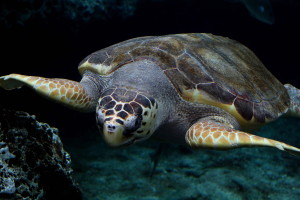 You hear a lot about alligators in the Everglades, but what about turtles? There’s a lot of them. In fact, there are over a dozen species of turtles living in the Park. Unfortunately, many of these turtles are endangered or threatened and there are special regulations in place to protect them.
You hear a lot about alligators in the Everglades, but what about turtles? There’s a lot of them. In fact, there are over a dozen species of turtles living in the Park. Unfortunately, many of these turtles are endangered or threatened and there are special regulations in place to protect them.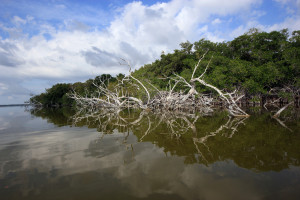 The Everglades is a federally-protected National Park home to thousands of plants, wildlife, aquatic life, and more. It has a diverse ecosystem and has many species not found anywhere else on the planet. There are nine habitats in the Everglades. We wanted to share with you a little information about each habitat you can find in the Park.
The Everglades is a federally-protected National Park home to thousands of plants, wildlife, aquatic life, and more. It has a diverse ecosystem and has many species not found anywhere else on the planet. There are nine habitats in the Everglades. We wanted to share with you a little information about each habitat you can find in the Park. Have you heard of bioluminescence? Picture the water at night glowing s neon-blue color looking like a starry night. That’s bioluminescence – and it’s not a man-made light, it’s coming from something that is alive.
Have you heard of bioluminescence? Picture the water at night glowing s neon-blue color looking like a starry night. That’s bioluminescence – and it’s not a man-made light, it’s coming from something that is alive.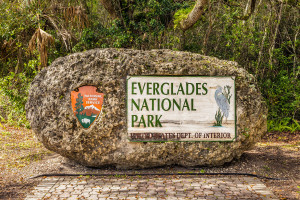 The Everglades is a National Park, but it’s also a national and international treasure. It is protected by the United states, and internationally, it is seen as a highly-important piece of land. Besides being a National Park, the Everglades is a biosphere reserve, a world heritage site and a wetland of international importance. As you can see, the Everglades is a vital part of the world.
The Everglades is a National Park, but it’s also a national and international treasure. It is protected by the United states, and internationally, it is seen as a highly-important piece of land. Besides being a National Park, the Everglades is a biosphere reserve, a world heritage site and a wetland of international importance. As you can see, the Everglades is a vital part of the world.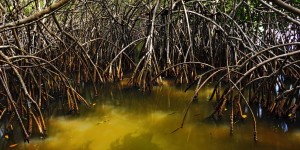 The Everglades is known for a lot of things like alligators and airboats. It’s also known for its mangrove forests. They’re out-of-this-world enchanting. The state of Florida has around 469,000 acres of mangrove forests.
The Everglades is known for a lot of things like alligators and airboats. It’s also known for its mangrove forests. They’re out-of-this-world enchanting. The state of Florida has around 469,000 acres of mangrove forests.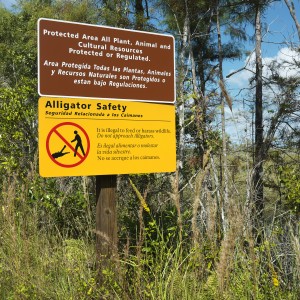 Whether we’re on vacation, a trip, or just going out for a walk, safety should always be a priority. When entering the Everglades, you are entering a beautiful National Park filled with wildlife and plant life. Being outdoors, you risk dealing with inclement weather, bugs, and other unpredictable things.
Whether we’re on vacation, a trip, or just going out for a walk, safety should always be a priority. When entering the Everglades, you are entering a beautiful National Park filled with wildlife and plant life. Being outdoors, you risk dealing with inclement weather, bugs, and other unpredictable things.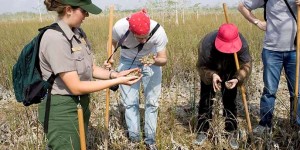 The Everglades is more than just a Park; it is filled with endless activities and programs for visitors to partake in to learn more, experience more, and help more. Also, there are programs in the Park that are led by researchers, scientists, and experts to find out more about the Park, help the Park thrive, and solve problems within the Park.
The Everglades is more than just a Park; it is filled with endless activities and programs for visitors to partake in to learn more, experience more, and help more. Also, there are programs in the Park that are led by researchers, scientists, and experts to find out more about the Park, help the Park thrive, and solve problems within the Park.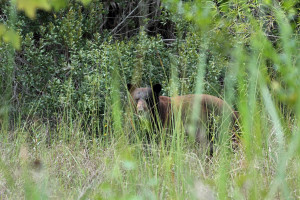 The Florida Black Bear calls the Everglades its home. It lives all over Florida and is the state’s largest land mammal. They can weigh anywhere from 125 to 400 pounds.
The Florida Black Bear calls the Everglades its home. It lives all over Florida and is the state’s largest land mammal. They can weigh anywhere from 125 to 400 pounds.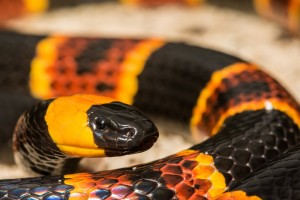 Burmese pythons get a lot of attention for living in the Everglades, even though they are an invasive species. However, there are 23 snake species in the Everglades and four are venomous. Snakes, although terrifying to many, help keep the ecosystem in balance. These snakes control the number of other snakes, invertebrates and rodents in the Park. Bird and alligators also prey on snakes.
Burmese pythons get a lot of attention for living in the Everglades, even though they are an invasive species. However, there are 23 snake species in the Everglades and four are venomous. Snakes, although terrifying to many, help keep the ecosystem in balance. These snakes control the number of other snakes, invertebrates and rodents in the Park. Bird and alligators also prey on snakes.





